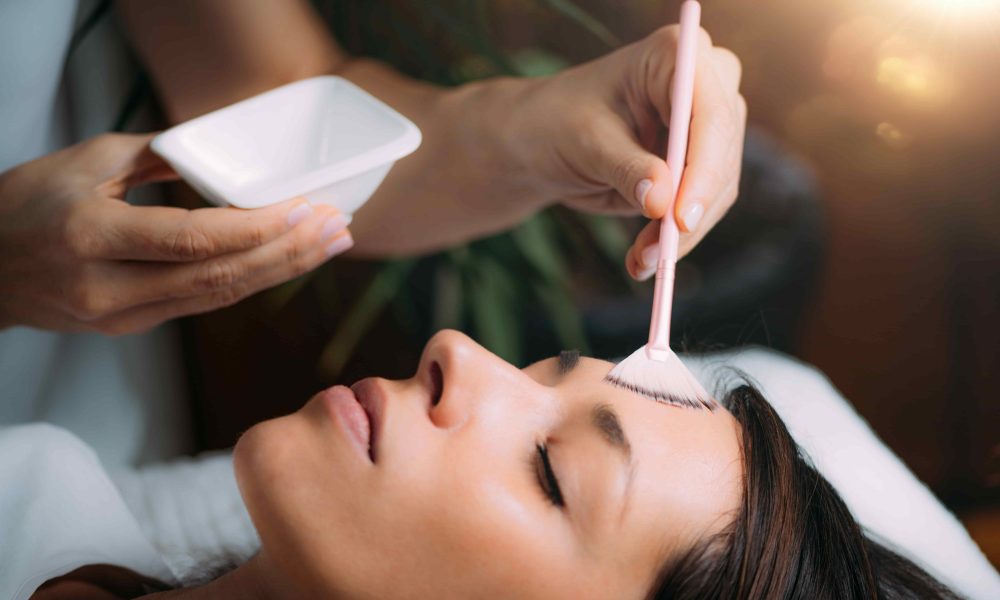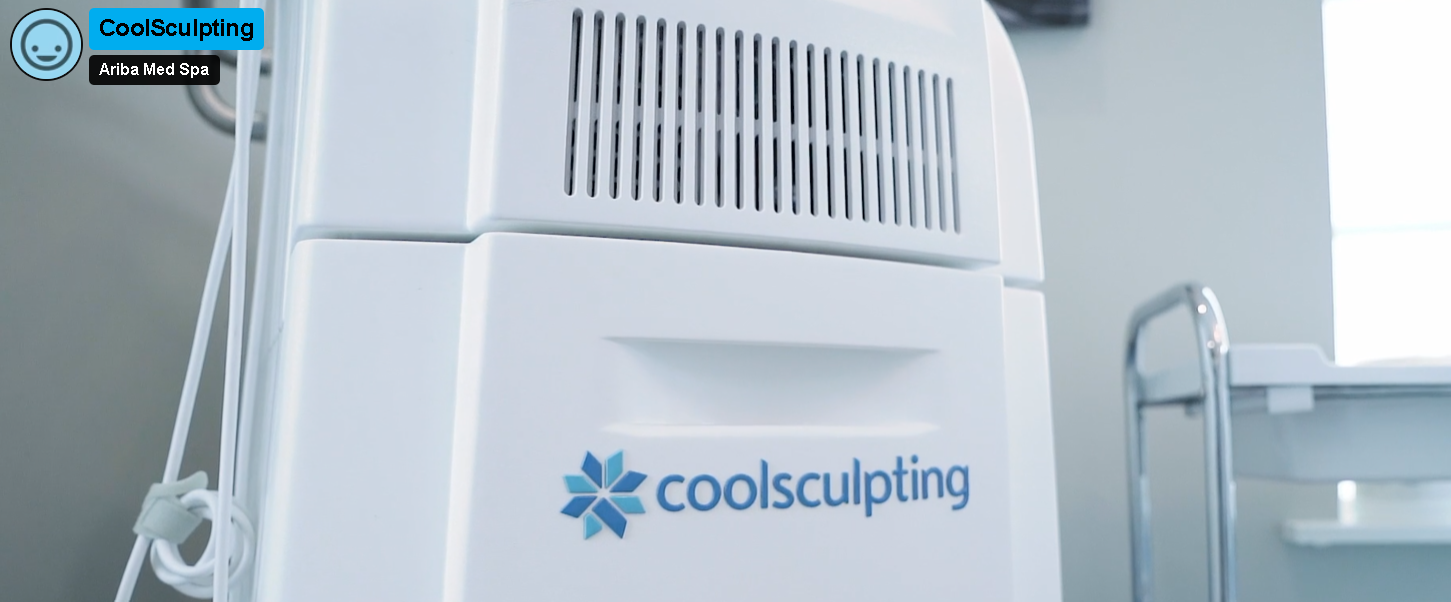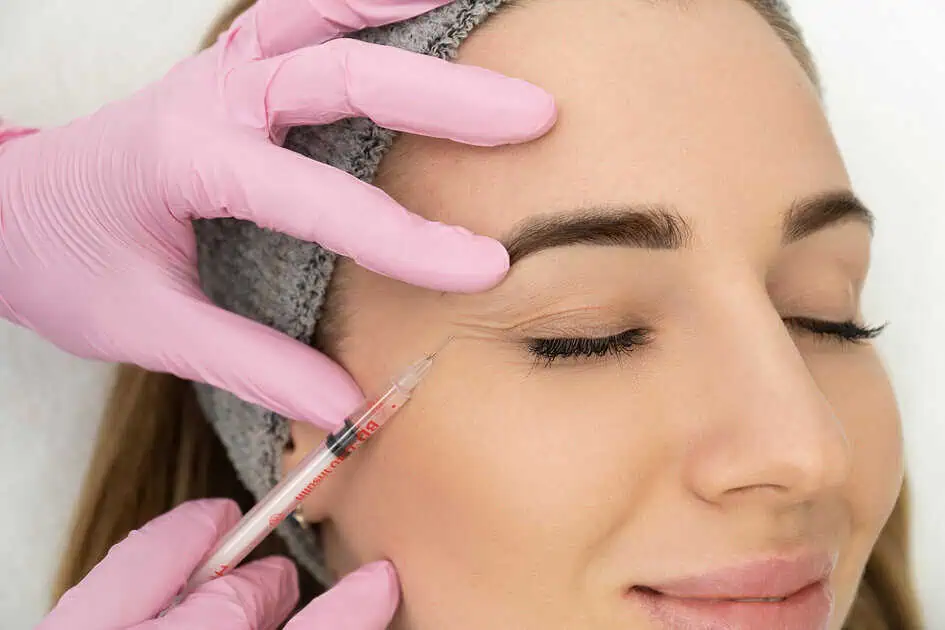Introduction
Are you looking to revitalize your skin and achieve a youthful glow? Look no further than chemical peels. This comprehensive guide will explore the wonders of chemical peels and how they can transform your skin. Whether you’re dealing with acne scars, uneven pigmentation, or dullness, chemical peels can be a game-changer. Join us as we dive into the world of chemical peels and discover the secrets to achieving beautiful results.
What Are Chemical Peels?
Chemical peels are skin resurfacing treatments that involve the application of a chemical solution to the skin. This solution works by removing the outermost layers of the skin, revealing fresh, new skin underneath. Chemical peels are commonly used to improve the appearance of various skin concerns, including acne scars, wrinkles, sun damage, hyperpigmentation, and uneven skin tone.
Different Types of Chemical Peels
- Superficial Peels: Superficial peels are the mildest type of chemical peels and are usually made with alpha hydroxy acids (AHAs) or beta hydroxy acids (BHAs). These peels work on the outermost layer of the skin, exfoliating dead skin cells and unclogging pores. Superficial peels are great for improving skin texture and reducing the appearance of fine lines and mild discoloration.
- Medium Peels: Medium peels penetrate deeper into the skin and often use trichloroacetic acid (TCA) to address more pronounced skin concerns. They are effective in treating acne scars, moderate wrinkles, and hyperpigmentation. Medium peels require a longer recovery time compared to superficial peels, as they cause more significant skin peeling and redness.
- Deep Peels: Deep peels are the most intensive chemical and typically use phenol as the active ingredient. They can dramatically improve the appearance of deep wrinkles, severe sun damage, and scars. However, deep peels have a longer recovery period and may require anesthesia during the procedure.
4 Benefits of Chemical Peels
- Skin Rejuvenation: Chemical peels stimulate collagen production and promote cell turnover, resulting in fresher, smoother skin. They can reduce the appearance of fine lines, wrinkles, and sunspots, giving you a youthful and radiant complexion.
- Acne Scar Reduction: Chemical peels can effectively minimize the appearance of acne scars by exfoliating the top layers of the skin and encouraging new skin growth. They can also help prevent future breakouts by unclogging pores and reducing oiliness.
- Hyperpigmentation Correction: If you struggle with uneven skin tone or dark spots, chemical peels can help fade pigmentation issues. By targeting excess melanin, chemical peels can restore a more even complexion, leaving you with brighter, more uniform skin.
- Improved Skin Texture: Chemical peels smooth out rough skin texture by removing dead skin cells and promoting cell regeneration. This can result in a softer, smoother, and more refined skin surface.
Chemical Peel Process
- Consultation: Before undergoing a chemical peel, it is crucial to schedule a consultation with a qualified dermatologist or aesthetician. They will assess your skin type, discuss your concerns, and recommend the most suitable peel.
- Preparing for the Peel: In the weeks leading up to the peel, following your provider’s instructions is essential. This may include avoiding excessive sun exposure, discontinuing certain skincare products, or preparing the skin with pre-peel treatments.
- The Peel Procedure: The chemical solution is applied to your cleansed skin during the procedure. You may experience a slight tingling or stinging sensation, which is normal. The peel will be left on for a specific duration, determined by the peel’s depth and your skin’s tolerance.
- Post-Peel Care: You will receive instructions to ensure optimal healing after the peel. This may involve using gentle cleansers, moisturizers, and sunscreen to protect your newly treated skin. It’s crucial to follow these instructions carefully to achieve the best results.
What to Expect After a Chemical Peel?
- Skin Peeling: Following a chemical peel, your skin will naturally shed its outermost layers, resulting in peeling. This is a normal part of the process and can last several days to a week, depending on the depth of the peel.
- Redness and Sensitivity: Your skin may appear red and sensitive after a chemical peel. This is temporary and will gradually subside as your skin heals. It’s important to avoid sun exposure and use gentle skincare products during this time.
- Visible Results: As the peeling subsides, you will notice improvements in your skin’s texture, tone, and overall appearance. However, it’s important to note that multiple peel sessions may be required to achieve optimal results, depending on your skin concerns.
Conclusion
Rejuvenating your skin with chemical peels can be a game-changer in achieving a radiant and youthful complexion. From superficial to deep peels, a range of options are available to address various skin concerns. However, it is essential to consult with a qualified professional to determine the most suitable peel for your skin type and concerns.
If you’re ready to experience the transformative effects of chemical peels, we invite you to visit Ariba Medical Spa INC at aribamedicalspa.com. Their team of skilled professionals will guide you through the process, ensuring your safety and delivering beautiful results. Take the first step towards radiant skin and book your consultation today.
Remember, beautiful skin awaits with chemical peels – discover the power of skin rejuvenation and unlock your skin’s true potential.




